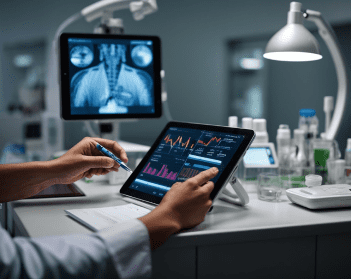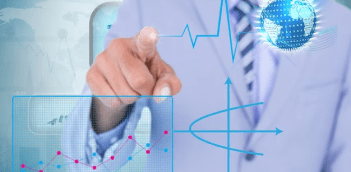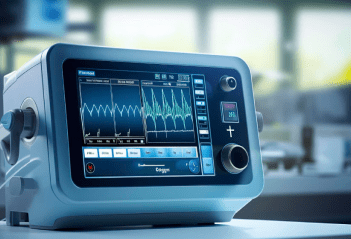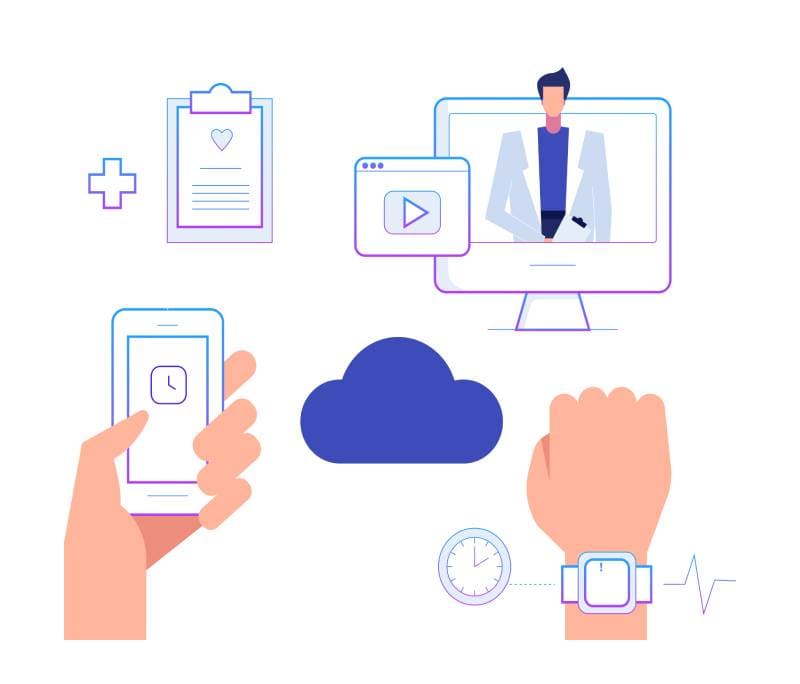Remote Patient Monitoring
Our Remote Patient Monitoring Platform (RPM) is a SaaS-based solution designed to collect, process, load, and manage large volumes of healthcare data generated from health monitoring devices, bio-sensors, medical IoT, wearables, electronic health records (EHRs) / electronic medical records (EMRs) and other sources.
Sub-Sec Latency
Improve patient outcomes
Real-time monitoring of vital signs data for early diagnosis & intervention enabling reduction in code blue events and medical emergencies
High Availability
3X times faster deployment
Scalable
Support class II medical devices
FDA approved platform for continuous monitoring of patients with wearable biosensors (Class II device) to assess health conditions
High Performance
Continuous Real-time monitoring
Remote monitoring of high risk patients, ICU patients, Ambulatory services enabling efficient resource utilization saving operational costs
Framework
Our RPM platform is highly flexible and configurable, allowing users to easily customise the system to meet their specific requirements.
Platform Capability & Features

Connectors and Integrations:
The RPM platform seamlessly integrates with healthcare data sources, including medical devices and wearables. It supports diverse data types, from spot checks like blood pressure to streaming data like ECG. With a focus on multi-tenancy and robust security features, including FDA approval for Class 2 devices, the platform ensures holistic patient monitoring while prioritizing data security and authentication Mechanisms.
The platform uses the HL7 protocol for EHR integration allowing for rapid integration with most EHR systems.
Business functionality:
Multi-cloud:
Active devices:

Platform Benefits
Improve patient outcomes
Better Chronic Disease management
Data-driven decision making

Early detection and intervention to reduce code blue events
Remote monitoring of high-risk patients allowing for emergency response
Allows for controlling an active medical device
Efficient Resource utilization enables a reduction in operational costs
Use Cases

Payors:
RPM allows for payors to move towards Value-based care models by focusing on proactive care, prevention, and improved patient health, incentivizing better outcomes for every stakeholder. It also allows seamless integration with EHR/EMR systems and facilitates better coordination of care among providers. RPM systems also facilitate richer analytics for forecasting health risks and allocating resources more effectively.
Healthcare providers:
RPM offers the capability of remote patient monitoring, extending beyond traditional clinical settings. It includes telemetry and ambulatory services, allowing healthcare professionals to keep a close eye on patients vital signs and other health parameters even when they are outside the hospital. This remote monitoring empowers providers to deliver timely interventions and customize treatment plans based on real-time data, ultimately improving patient outcomes and reducing the burden on healthcare facilities.


Device manufacturers:
RPM is instrumental in ensuring the optimal performance of medical devices. Manufacturers can utilise RPM to monitor the functionality of their devices, identify potential issues, and implement proactive maintenance measures. Furthermore, RPM supports the launch of new devices by providing valuable data on user experiences and device performance, aiding in the refinement of future iterations. Additionally, compliance with regulatory standards is streamlined through RPM, as it enables continuous monitoring and documentation of adherence to medical device regulations, ensuring a high level of quality and safety in the market.
Case studies

Remote Patient Monitoring
Built an FDA-approved Remote Patient Monitoring Platform designed to collect, store, transmit, analyze, and report real-time biosensor data from patients in both community and clinical settings.

Cognitive Anxiety Management
Created a Cognitive Anxiety Management Solution that extracts specific waveform signals from wearable ear devices, integrates with EMR/EHR systems, and processes and modulates the autonomic nervous system in real time.

Healthcare Data Platform
Built a HIPPA-compliant Data Processing Platform to collect data from EMR systems, parse, process, predict, and persist in Hadoop Ecosystem data stores. Realtime data science application and Data Insight Dashboards for Health Monitoring and Operation Management.
